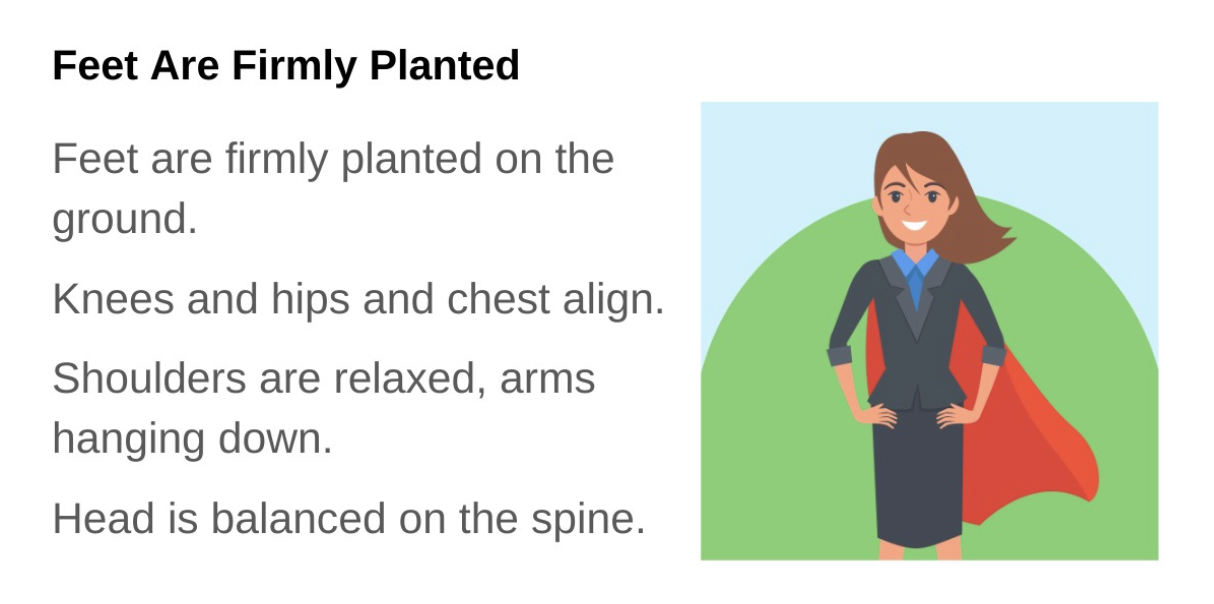
I spent the first part of my time as the Eastern Region Repertoire and Resources chair focusing on repertoire, so now I want to take the time to focus on some pedagogical and planning resources that might help you as you build and design your classroom and lessons this year.
WARM-UPS
I don’t know about everyone else, but I always end up doing the same thing. So when I have interns or student teachers, I often delegate this to them first. This past year, one of my interns (Emmy Dell’orfano) introduced me to the Vocalize Books by Andy Beck. She made visuals to go with them, and it helps take the guesswork out of which warm up to do. The thing I LOVE about them is that the words directly relate to the concept they are teaching, for example, all I have to do is sing the first line of the posture warm up (feet are firmly planted on the ground…) and my students immediately fix it. The way I’m incorporating them this year is to focus on 1 warm-up for 5 lessons.

SIGHT READING
I am very devoted to sight reading and solfege. I’m very methodical about how I incorporate and teach these skills, so Dale Duncan’s S-Cubed works well for me. He is a former middle school teacher and used this with his students! I really like how he isolates steps and skips, his approaches to teaching theory, and how it takes students through more keys and more advanced rhythms than other methods I have seen. I do supplement with Sight Reading Factory and also musictheory.net to help students work on their solfege identification skills. The best thing about these last 2 resources is you can level the exercises for students. I might have a student who needs accommodations use one level, and then other students do a more difficult level or exercise that works best for them.
GAMES (or how I trick kids into working on skills)
I have had this game for YEARS and I’ve used it from 3rd grade on up to 8th and they all love it! Solfege Bingo has 2 levels– pentatonic and diatonic (key of C) so you can use what works best for your students at the time. I like to start with using the solfege, and then having students decode by giving the first solfege syllable and then singing on a neutral syllable to challenge them. I also suggest having students play with a buddy, especially if they are developing their decoding skills. Instead of candy, I use these stickers for prizes
Another game I love to use with my students is Blooket, which is an online game. You can make your own “sets” and then play various games. Things I love about it– the game play is not necessarily based on your skill level, so students who might get frustrated by Kahoot because they have slower processing time don’t give up. The variety of games gives students choice. It also collects data…. Need to collect a formative assessment benchmark? Why not use a game to do it? The “plus” plan is only about $35 a year, which is so much less expensive than other platforms. With the premium feature, you can add other people’s game decks to your own audio questions, and you can copy any deck and make it your own (a huge timesaver). You can also create “homework” blookets–great for sub plans!
SUB PLANS
The hardest part of teaching, especially in a middle school choir classroom, is writing sub lesson plans. With hour-long classes and our subs not having access to our technology, I struggled with finding ways to keep students engaged and accountable. However, this past year, I discovered this website and it has been a game changer. Music Workshop has a series of great educational videos (that kids actually like) on a variety of musical topics, with ready-made google forms and worksheets. I can download the videos to my drive and post them on Google classroom, so students can easily access them. It has helped make sub planning easier!
What are your favorite resources that you use in your classroom? I would love to hear from you and make a compilation of what you use for your students. Please fill out the form below and I will compile your resources on our R and R page!
